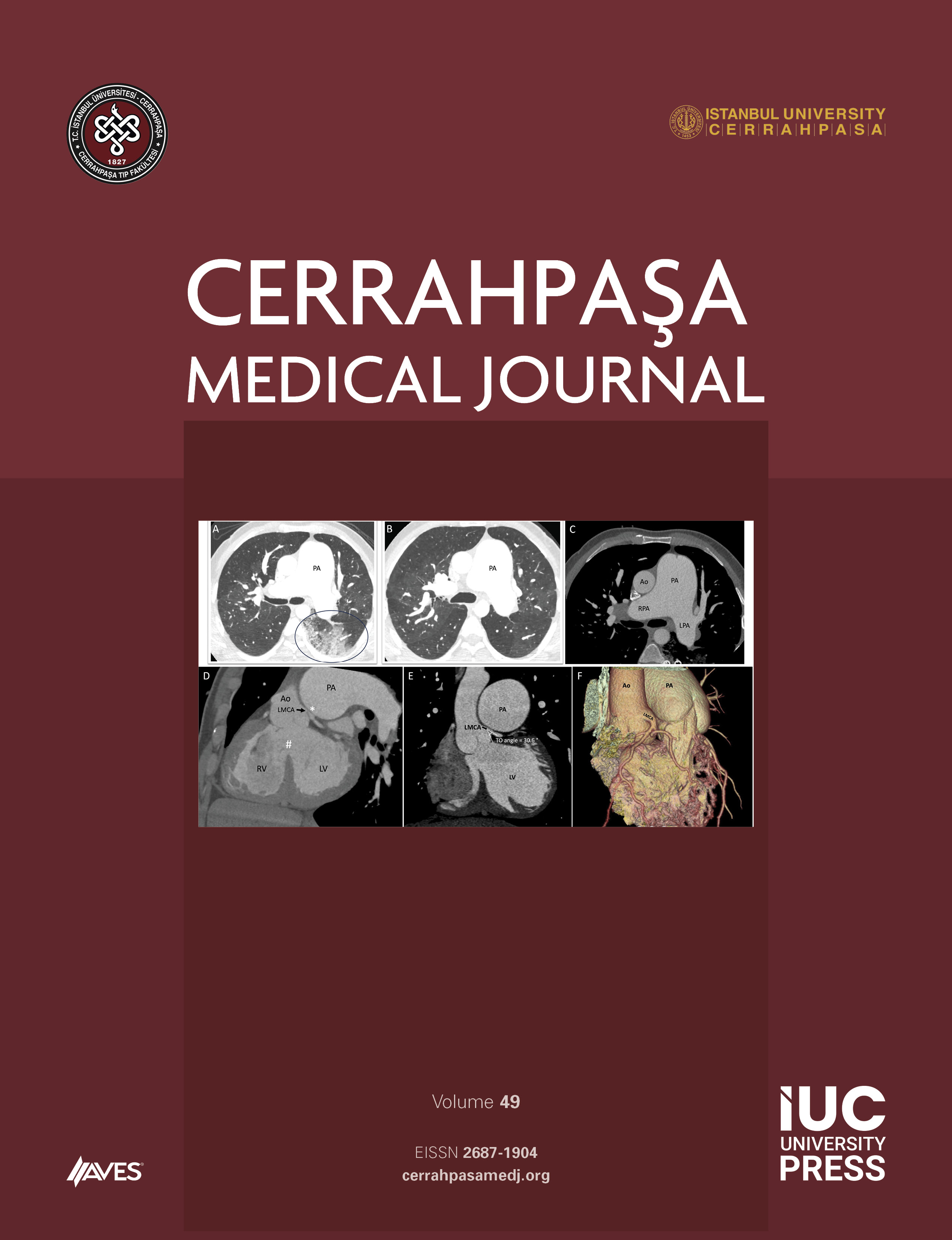Objective: This study aimed to evaluate the microsurgical anatomy of the fiber tract connections of the anterior temporal lobe and examine its potential functional role. Anterior temporal lobectomy (ATL) with dissection of the fiber tracts and amygdalohippocampectomy in surgical process to the mesial temporal lobe were performed.
Methods: In total, 4 formalin-fixed human brains (8 sides) were dissected by the Klingler technique in a stepwise manner from the lateral to medial under 6x–40x magnification using a surgical microscope. All pictures of the dissection were obtained using 3-dimensional photographic method.
Results: The trajectories and connections of these fibers, in particular the travel in the surgical corridor, were demonstrated with correlation to the surgery. According to our anatomical study, important landmarks, such as crossing of the fibers, eloquent areas of the temporal lobe, and the white matter pathways, related to the transcortical amygdalohippocampectomy technique using ATL were defined.
Conclusion: The temporal lobe is one of the most complex part of the brain and has numerous connections that must be preserved in the transtemporal approach. Better understanding of these fiber tracts in the preoperative stage is important for preventing the brain damage in the visual and language processes.
Cite this article as: Karadağ A. Microsurgical Feasibility, Boundaries, and Anatomical Landmarks in Anterior Temporal Lobectomy: A Novel Cadaveric Study. Cerrahpaşa Med J 2020; 44(3): 125-132.



